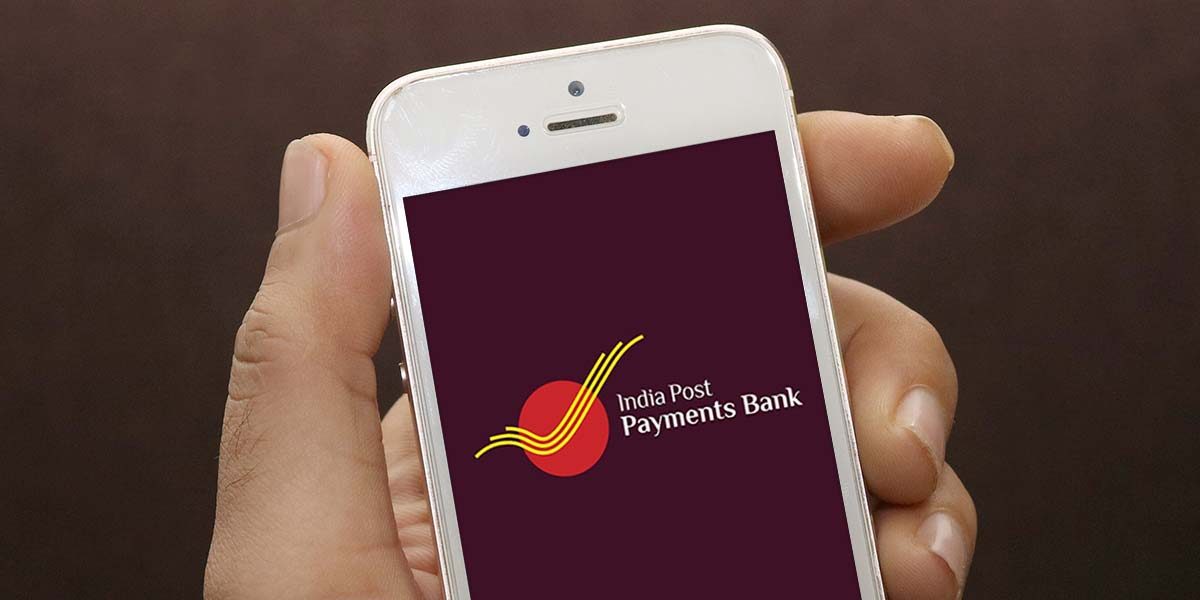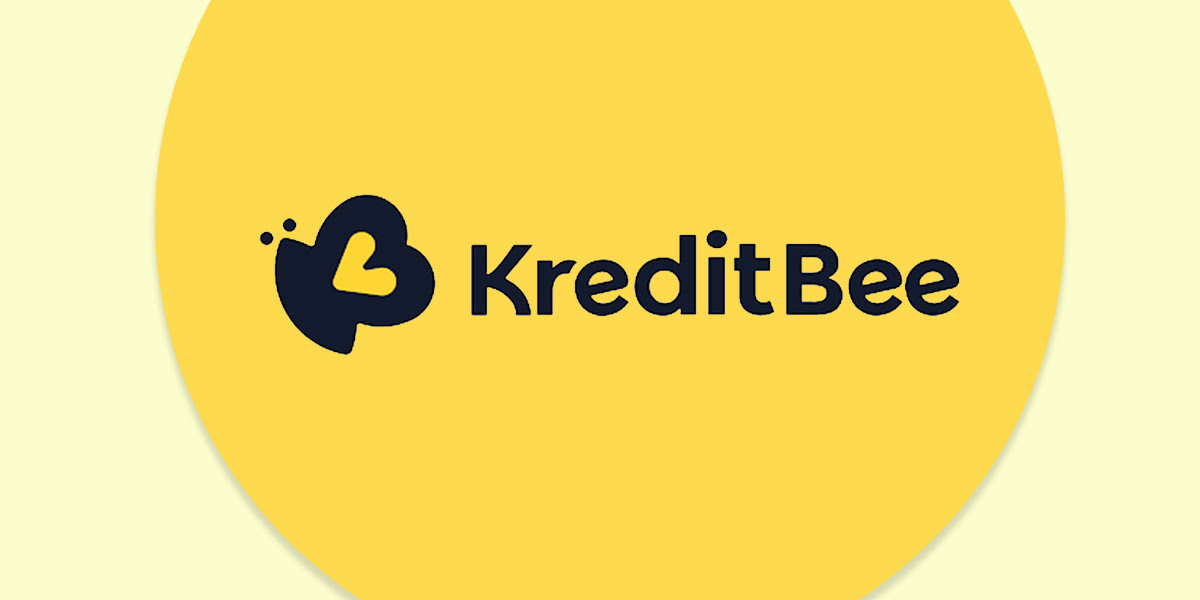On July 22, the State Bank of India (SBI) published a report on the future of payment banks (PBs) in India. The report emphasized the uncertain future of payments banks, which require regulatory and government support to achieve their objectives.
Nine days later, Government-backed India Post Payments Bank (IPPB) announced after its annual Heads of Circles conference in Srinagar that it is planning to change its business model and convert to Small Financial Bank (SFB), which will allow it to lend to consumers and provide other financial services.
IPPB announced that it will also partner with Common Service Centre (CSC) to provide a bunch services of including banking, remittance, insurance, DBT, bill, and tax payments. As part of its 100-day action plan, IPPB claims it will be opening one crore accounts among several other steps.
Will it? Won’t it?
IPPB has gone through some drastic changes, from getting a schedule banking license last month to this recent pivot to the SFB model. It’ll be tough to project on their plans going forward.
Maybe after 100 days, we will be in a better position to evaluate its promises.
Meanwhile, the development leads to a nagging slew of unanswered questions related to payment banks.
Why the IPPB, within less than a year as payment bank (started operation in last September), is pivoting from its current model?
Will it surrender its payment bank license after getting into micro-lending? And is there any future for payment banks as even govt-backed PB is considering a foray into the SFB model?
On the first question, according to IPPB, the conversion is still at an early stage amid several arising questions on the viability of PB’s model.
“Given that the current regulations governing payment banks restrict the avenues for revenues and profitability, we think micro-credit can add to our existing suite of products and services, Suresh Sethi, chief executive officer of IPPB, told Bloomberg Quint.
Sethi’s comment very much reflects the state of the payment bank segment.
In the absence of a profitable business model and revenues, many PBs have shut shop. Recently, Aditya Birla Idea Payments Bank Ltd and Vodafone m-Pesa announced shutting down of their operations.
And there are many logical reasons for it.
The PBs’ existing rules do not allow direct lending and put a cap on deposits per customer at Rs 1 lakh. Also, they don’t have multiple monetization options anyway. The limitation keeps smaller enterprises away from payments bank business.
PBs can only earn through investment in government securities and fee income they earn for processing transactions and cross-selling third-party services. Since investment in the highly stable govt securities does not provide as much return, it gets harder to reap any profits or even to break even through the current PB model.
In 2017-18, payments banks reported collective losses of Rs 516.5 crore, as RBI trends and progress in banking report. The figure for the ongoing year is not available.
Moving on to the second question, will the IPPB surrender its payment bank license? According to the current regulations, they’ll have to as PBs are not allowed to offer lending services. Given that India Post is a government-run entity, it can possibly push many policy changes without going through the regulatory hassles.
The clarification in this regard is awaited.
Entrackr queries to the IPPB and Suresh Sethi did not elicit a response.
Now, as far as the future of PBs is concerned, the IPPB’s move to pivot into micro-lending will certainly add to the ongoing exit in the space.
Out of 11 PBs license holders, only five are reported to be operational now.
If a few more goes down, you would not be surprised.














